When you visit the lakeshore come prepared for a variety of weather, terrain, and unexpected situations. Conditions can change quickly!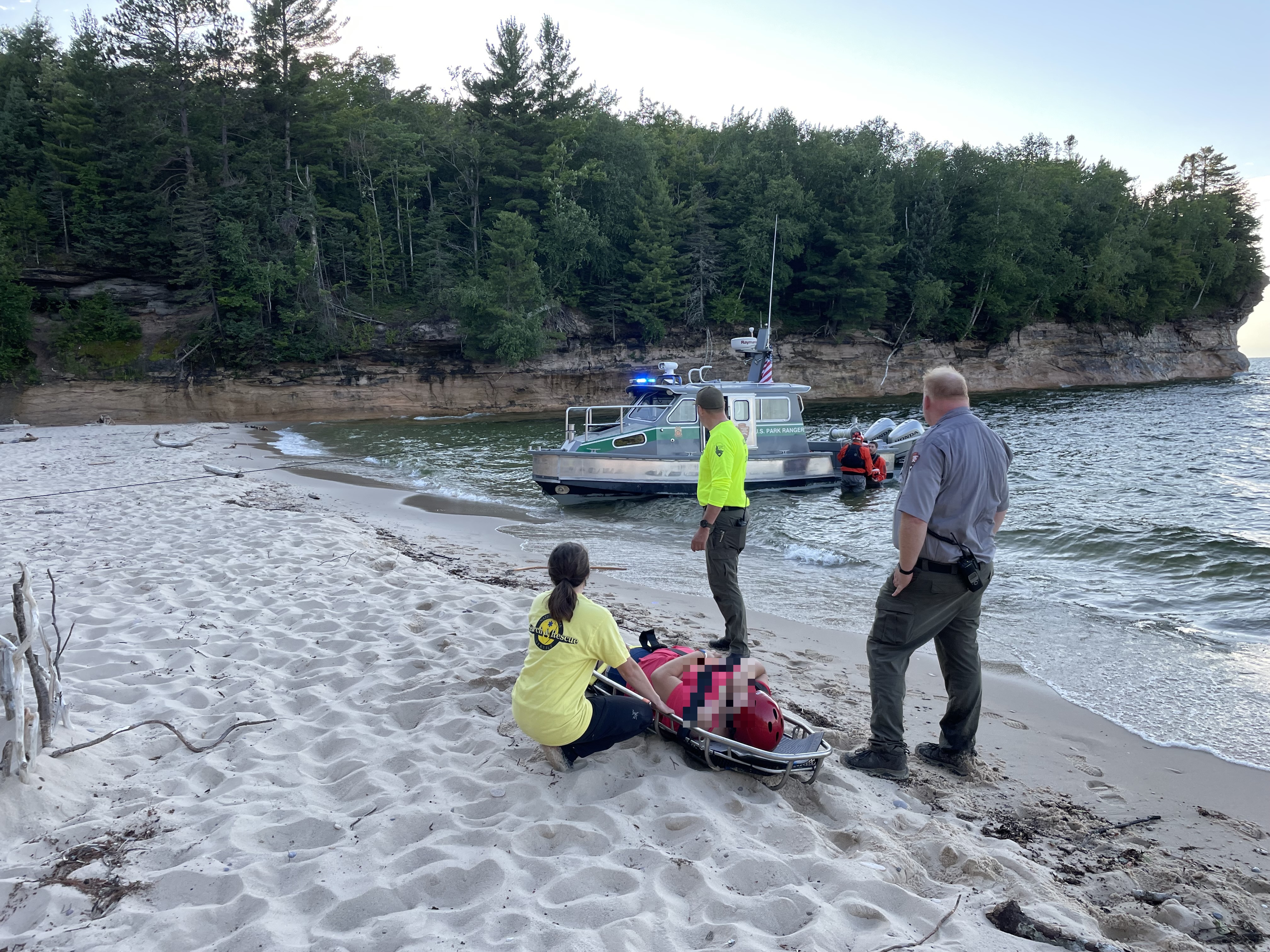
NPS photo. A Safe Trip is a Successful TripThis list is an overview of safety topics in the park and is not exhaustive. If you need more information about a topic or have specific question, please contact us or ask a ranger when you arrive.General Safety
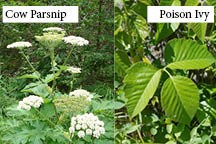
NPS Photos Hiking Safety
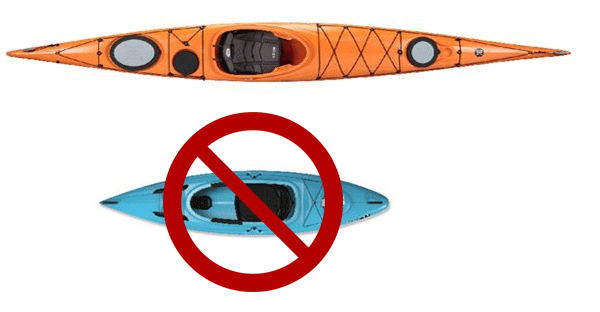
Boating & Kayaking Safety
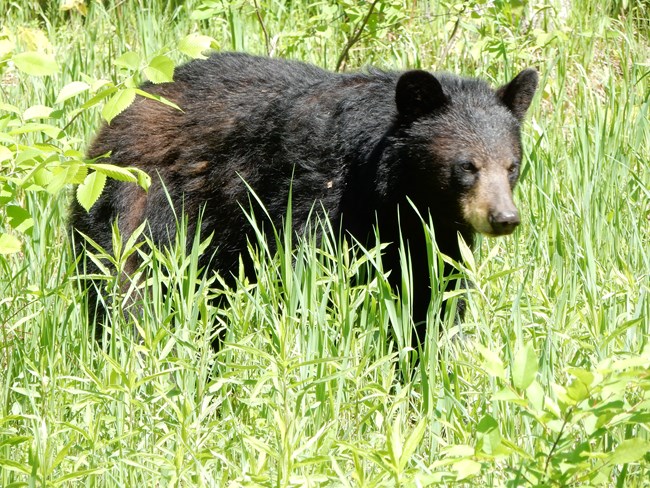
NPS Photo Wildlife Safety
For more information on planning a safe trip to a National Park, see the National Park Service's Health and Safety page!
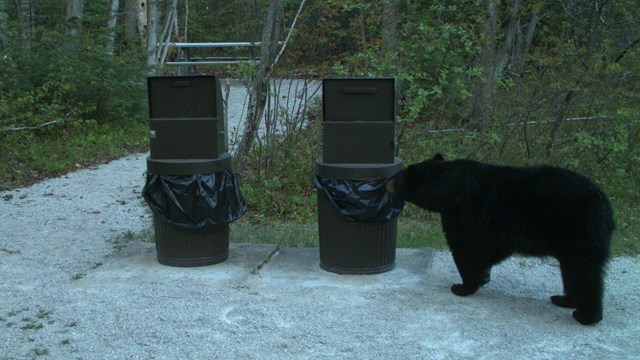
Be Bear Aware
Learn about best practices when recreating around bears. 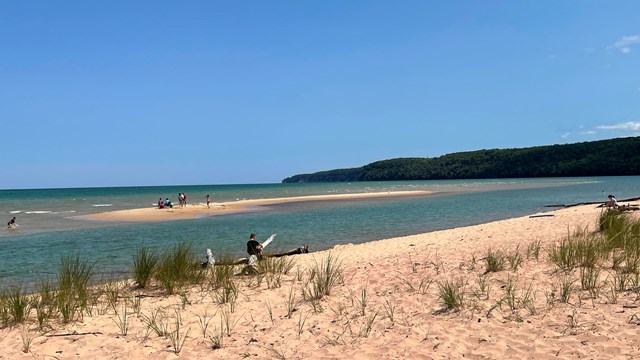
Swimming & Beach Safety
Stay safe on Pictured Rocks National Lakeshore's beaches! 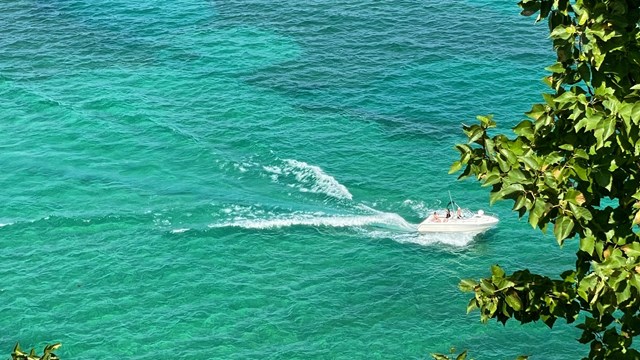
Boating
Do you have the right boat? Looking for boat launches? Check here! 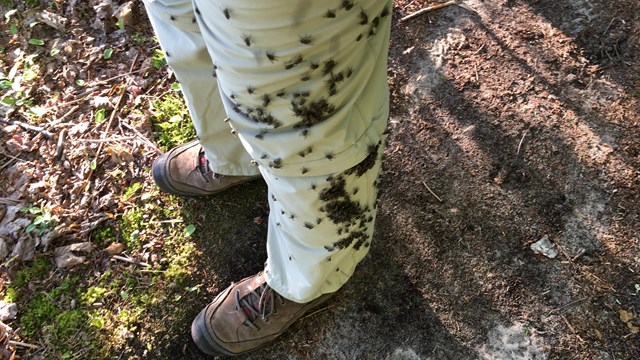
What's Biting Me?!
Biting insects are common at Pictured Rocks National Lakeshore! Don't let them ruin your trip, be prepared! 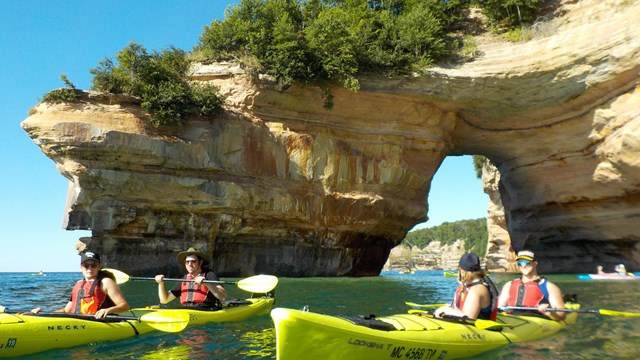
Kayaking at Pictured Rocks
Kayaking on Lake Superior is best saved for the experienced kayaker. Find out what kayak to use and other lakes to kayak on. 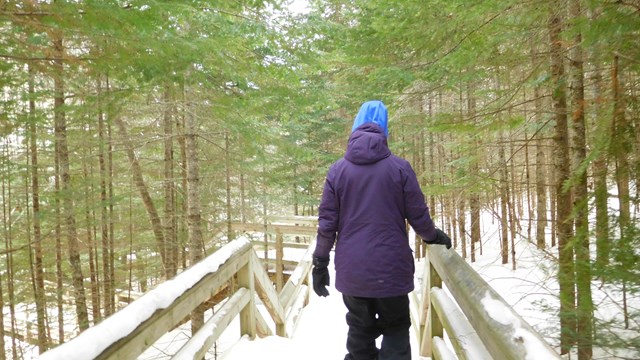
Visiting in Winter
Winter at Pictured Rocks is stunning, learn more about winter activities! |
Last updated: September 13, 2023
